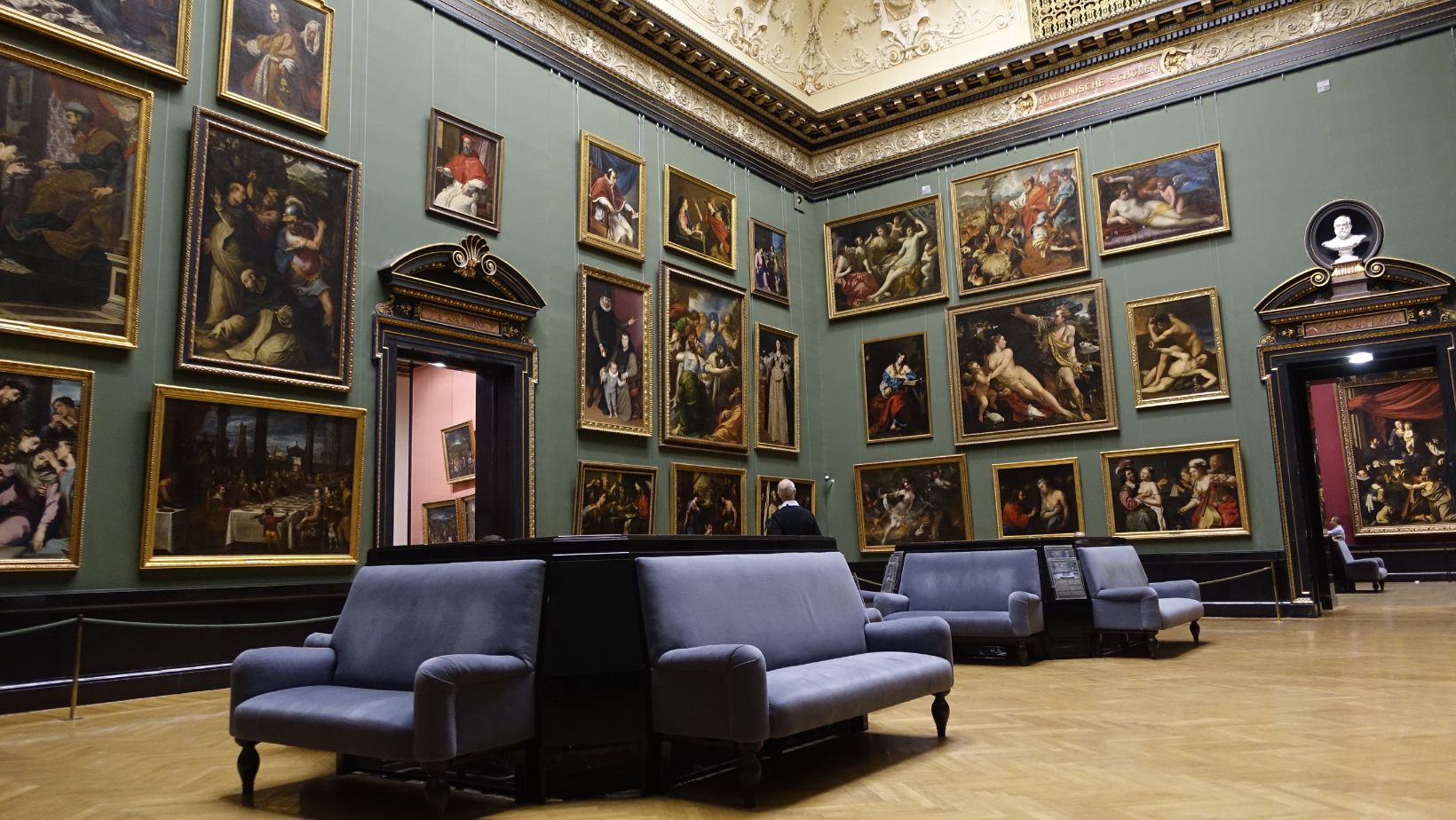You know how important it is to protect valuable items, right?
Art galleries are no exception. From rare paintings to contemporary sculptures, the value of these collections can be astronomical. So, you can see why theft and unauthorized reproductions are among the biggest threats.
Besides advanced security systems, art galleries also use trademarks to protect their valuable pieces. By trademarking unique works, galleries can legally safeguard their collections from counterfeiting and misuse.
In today’s article, we’ll dive into how galleries use trademarks to protect their collections. So, if you’re curious, stay tuned!
Understanding the Basics of Trademarking Art Collections
In an art context, a trademark can cover symbols, words, or even distinctive elements of artwork that set it apart. Essentially, it’s about identifying and protecting unique aspects of a collection. Think about how instantly recognizable some famous art pieces are – those distinctive characteristics can be protected by trademarks.
When customers look for artwork to purchase, they want to ensure its authenticity and uniqueness, and a trademark can help with this. Ensuring that each piece’s integrity remains intact helps maintain its value and prestige.
But what about copyright? Can galleries also use this legal branch?
Copyright protects the original expression of ideas, such as actual paintings or sculptures themselves. On the other hand, trademarks protect identifiers associated with these works, like titles, specific design elements, or even signature styles unique to an artist.

Additionally, owning trademarks can open new revenue streams through licensing deals while maintaining control over where and how the work is used.
Legal Steps for Registering Trademarks
Before you even start the official process, it’s smart to do a preliminary search. This helps identify if your desired trademark is already in use or registered by someone else. It saves time and potential legal headaches down the road.
Keep in mind that the institutions that cover trademarks and their databases differ from country to country. For instance, in Canada, you can use tools like the Canadian Trademarks Database to perform this search.
Once you’re confident your trademark is unique, it’s time to file an application. Again, if you’re in Canada, you’ll work with the Canadian Intellectual Property Office (CIPO). This involves submitting detailed information about your mark, including any designs or distinctive elements you wish to protect. Be prepared for some paperwork! The fee for preparing and filing a trademark application varies depending on specifics.
After filing, CIPO examines your application to ensure it meets all requirements and doesn’t conflict with existing trademarks. During this stage, they might raise objections or request additional information. You’ll need patience here; this step can take several months as examiners scrutinize every detail.
The Financial Implications of Trademark Protection
Besides the application fees and any other costs involved, a trademark brings substantial long-term financial advantages.
By securing a trademark, you can build and solidify your brand identity. This distinct recognition boosts market value, making collections more desirable to collectors and investors.

Trademarking unique pieces or elements can also open up licensing opportunities. Imagine partnering with high-end merchandise companies that want to feature your gallery’s distinctive art on their products. Such deals provide additional revenue streams without sacrificing the original artwork’s integrity.
Moreover, strong trademarks deter counterfeiters and unauthorized reproductions. Preventing these activities maintains the perceived value of the collection over time.
Wrap Up
Strategic trademark protection plays a crucial role in maintaining the long-term value and reputation of art collections. By proactively using trademarks, you can safeguard your gallery’s unique pieces, capitalize on new revenue streams, and deter counterfeiters, ensuring your collections thrive well into the future.

